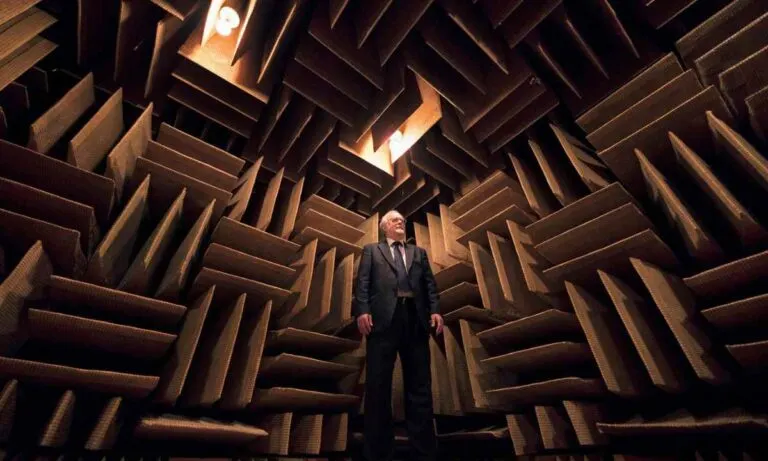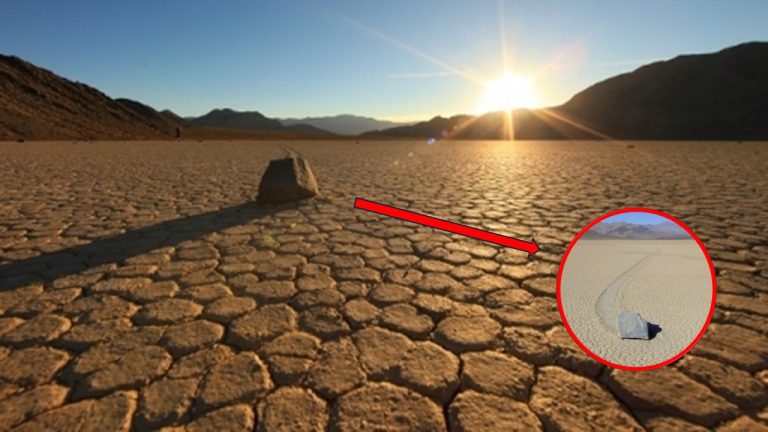A 1,000-year-old Mummified Monk Hidden In A Statue | The Monk Buried Alive!
In the Netherlands, a statue of a sitting Buddha held a secret inside that would stun the world. The revelation came when a private buyer decided to have the statue restored. In the effort of its restoration, experts employed CT scans and X-rays to observe what’s within. The CT and X-ray images showed a 1000-year-old mummy of a monk named ‘Liuquan’ encapsulated within. Shockingly, the monk was buried while he was still alive.
Adding more intrigue to the discovery, the scans showed that the monk’s organs were replaced not by traditional embalming materials but by scraps of paper. These papers were inscribed with ancient Chinese characters as well. Let’s have a closer look at the details.
The Monk and His Road to “Self-mummification”
Liuquan was not just any monk; he was a respected master within the Chinese Meditation School, believed to have died around 1100 AD. But most of all, Liuquan practiced a process of “self-mummification” to prepare for life after death.
The practice of self-mummification is primarily known in Japan but is also practiced in China and Thailand. It involves a tough and prolonged diet intended to free the body of fat and bodily fluids. This reduces the decay process after death.
Monks like Liuquan consume a mixture of nuts, tree bark, pine needles, and roots to reduce body fat and moisture. The monks prepping for the mummification also drank a toxic tea made from sap used in lacquer. This sap is a substance meant to prevent insects and aid in preservation. Shockingly, the tea was even considered “too toxic to be eaten by maggots.”
After following the strict diet for years and years, the monk is ‘buried alive’ in an underground chamber. The monk then sits in a ‘lotus position’ while breathing through a bamboo tube. A bell is rung from the inside to give the sign that he remains alive. When the monk is finally passed, others remove the tube and seal the chamber.

After 3 years, the rest of the followers take the mummified body outside and are venerated at the temple.
This demanding practice was undertaken with the belief that it would prepare them for life after death, transforming them into “living Buddhas.” Followers who saw the monks achieve this state considered them to have reached a deep meditative state known as “tukdam.”
Scientific and Cultural Investigations
In this particular statue, researchers continued to study Liuquan’s mummified remains using modern scientific methods like DNA analysis. The studies were supposed to give further insights into ancient preservation techniques and possibly trace his origins more precisely. This examination deepens our understanding of historical preservation methods. It also illuminates the vast religious and cultural exchanges among Buddhist communities across Asia.
“We thought it would be lung tissue, but instead we found little scraps of paper covered with Chinese characters.”
Vincent van Vilsteren, an archaeology curator from Drents Museum

The Journey of the Statue: From a Temple in China to Museums Around the World
The journey of Liuquan’s statue was quite something. It started from a temple in China to a market in the Netherlands and now to prestigious museums worldwide. Currently housed in the National Museum of Natural History in Budapest, the statue, along with Liuquan’s story, has captivated audiences with mystery.

Conclusion
The discovery of Liuquan’s mummy inside a Buddha statue has stirred a global fascination, merging the allure of ancient practices with the reverence of religious traditions. It underscores how artifacts can serve as lines to understanding the complex tapestries of history, belief, and art. As the statue moves from city to city, it not only educates the public but also ignites a deeper appreciation and debate about the preservation of such treasures and the stories they tell.
Also read,







